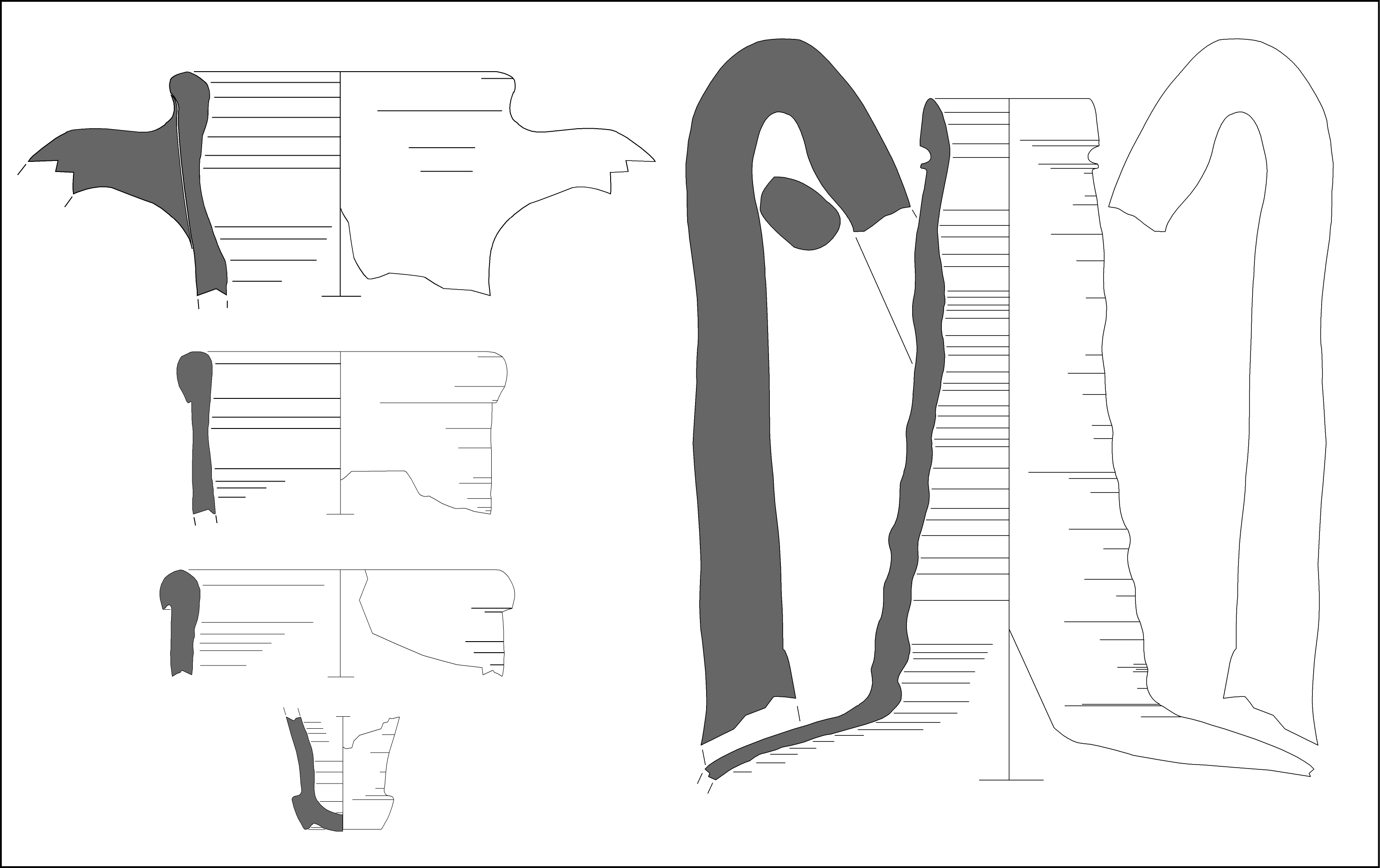AMPHORAE OF PHOKAIA IN ROMAN PERIOD
AMPHORAE OF PHOKAIA IN ROMAN PERIOD
Prof. Dr. Murat FIRAT
Phokaia, one of the important ancient cities of the Antiquity, remained under the modern settlement within the borders of Foça in İzmir. As a result of the recent excavations, many sections have been excavated. During the investigations we have carried out so far in the excavation depot, more than 200 amphora fragments belonging to the Roman Period have been found. Inventory of these sherds have been carried out and they are ready for publication.
As a result of our first investigations, we found out that the sherds belong to 24 different types of amphorae. Likewise, it was determined that they were dated to the late 1st century BC-6th century AD. The close clay resemblance between the samples of the Aegean Local Amphora group and the amphorae included in Kapitän II groups with Phokaia red slipped ceramics is particularly remarkable. This significant fact indicates that the city was also involved in amphora production. This study aims also focusing on possible trading networks. In this context, it is important to note that in accordance with the initial data, the trade of Phokaia was particularly active on the Aegean-Mediterranean route.
